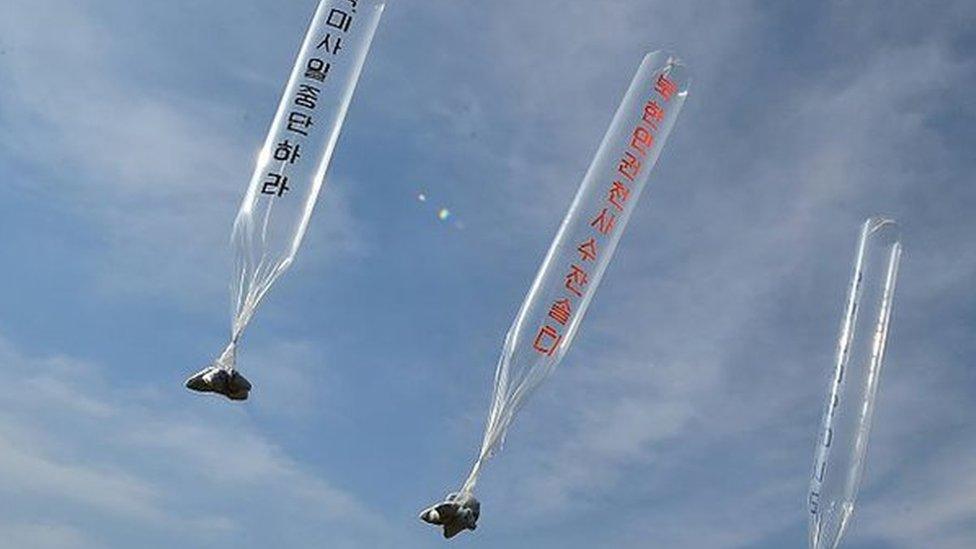Koreas summit: North Korean media hail 'historic' meeting
- Published
Welcoming Kim Jong-un with pomp and ritual
Friday's summit between the leaders of North and South Korea was a "historic meeting" paving the way for the start of a new era, North Korea's media say.
The North's Kim Jong-un and Moon Jae-in of South Korea agreed to work to rid the peninsula of nuclear weapons.
In a rare move, state-run TV and the official KCNA news agency hailed the talks and the leaders' commitment to seek "complete denuclearisation".
The summit came just months after warlike rhetoric from the North.
It saw Mr Kim become the first North Korean leader to set foot in South Korea since the end of the Korean War in 1953.
The two men warmly shook hands and then stepped symbolically over the military demarcation line to the North Korean side.
For years, Pyongyang has insisted that it would never give up its nuclear arsenal, which it claims it needs to defend itself against aggression from the US.
Seeing even a small mention of denuclearisation in a public newspaper will be perceived as a breakthrough by South Korean officials, says the BBC's Laura Bicker in Seoul.
What is in the agreement?
The two leaders said they would pursue talks with the US and China to formally end the Korean War, which ended in 1953 with a truce, not total peace.
The commitment to denuclearisation does not explicitly refer to North Korea halting its nuclear activities but rather to the aim of "a nuclear-free Korean peninsula".
The statement talks about this taking place in a phased manner, but does not include further details.
Many analysts remain sceptical about the North's apparent enthusiasm for engagement.
Kim Jong-un issues his pledge for peace with South Korea
Previous inter-Korean agreements have been abandoned after the North resorted to nuclear and missile tests and the South elected more conservative presidents.
Mr Kim said the two leaders had agreed to work to prevent a repeat of the region's "unfortunate history" in which progress had "fizzled out".
Other points the leaders agreed on in a joint statement were:
An end to "hostile activities" between the two nations
Changing the demilitarised zone (DMZ) that divides the country into a "peace zone" by ceasing propaganda broadcasts
An arms reduction in the region pending the easing of military tension
To push for four-way talks involving the US and China
Organising a reunion of families left divided by the war
Connecting and modernising railways and roads across the border
Further joint participation in sporting events, including this year's Asian Games
Will the summit lead to peace?
By Dr John Nilsson-Wright, Chatham House and University of Cambridge
Mr Kim's bold decision to stride confidently into nominally hostile territory reflects the young dictator's confidence and acute sense of political theatre and expertly executed timing.
The moment Kim Jong-un crossed into South Korea
His clever, seemingly spontaneous gesture to President Moon to reciprocate his step into the South by having him join him for an instance in stepping back into the North was an inspired way of asserting the equality of the two countries and their leaders.
It also, by blurring the boundary between the two countries, hinted at the goal of unification that both Seoul and Pyongyang have long sought to realise.
The rest of the day was full of visual firsts and a set of cleverly choreographed images of the two leaders chatting informally and intimately in the open air - deliberately advancing a powerful new narrative of the two Koreas as agents of their own destiny.
What did China and the US say?
China, North Korea's ally, and the United States both welcomed the outcome of the talks.
On Saturday, President Donald Trump tweeted that "things are going well" and that preparations were being made for his own meeting with Mr Kim in the coming weeks.
Allow X content?
This article contains content provided by X. We ask for your permission before anything is loaded, as they may be using cookies and other technologies. You may want to read X’s cookie policy, external and privacy policy, external before accepting. To view this content choose ‘accept and continue’.
Earlier he pledged continue to exert maximum pressure on North Korea, saying: "We're not going to be played, OK?"
US officials are still deciding where to hold the summit, but Mongolia and Singapore are understood to be two countries on the shortlist.
Singapore's Prime Minister Lee Hsien Loong told reporters on Saturday that the city-state had so far received no formal request to host the event.
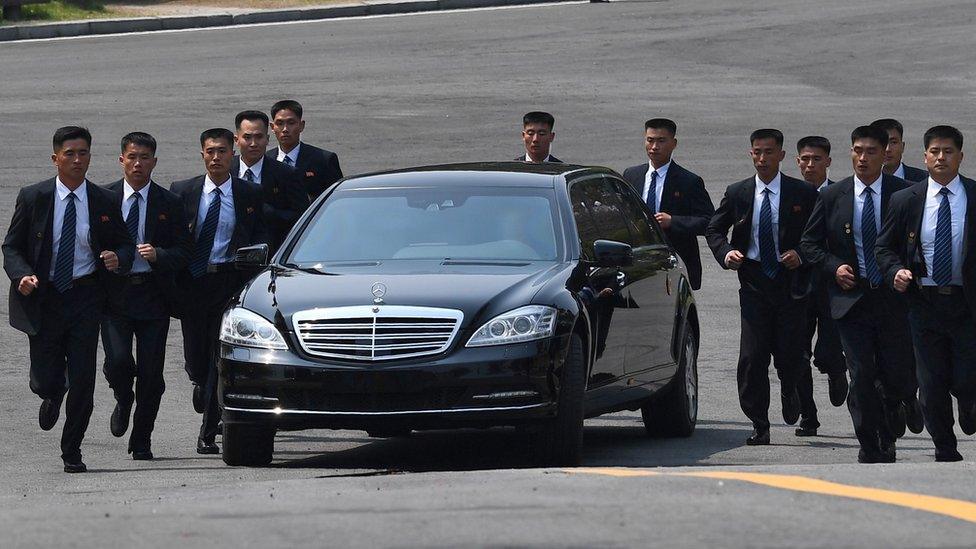
Mr Kim travelled in a car surrounded by jogging bodyguards
How did we get here?
Few had predicted a development like this, as North Korea continued its nuclear and missile tests and stepped up its rhetoric through 2016 and 2017.
The rapprochement began in January when Mr Kim suggested he was "open to dialogue" with South Korea.
The following month the two countries marched under one flag at the opening ceremony of the Winter Olympics, held in the South.
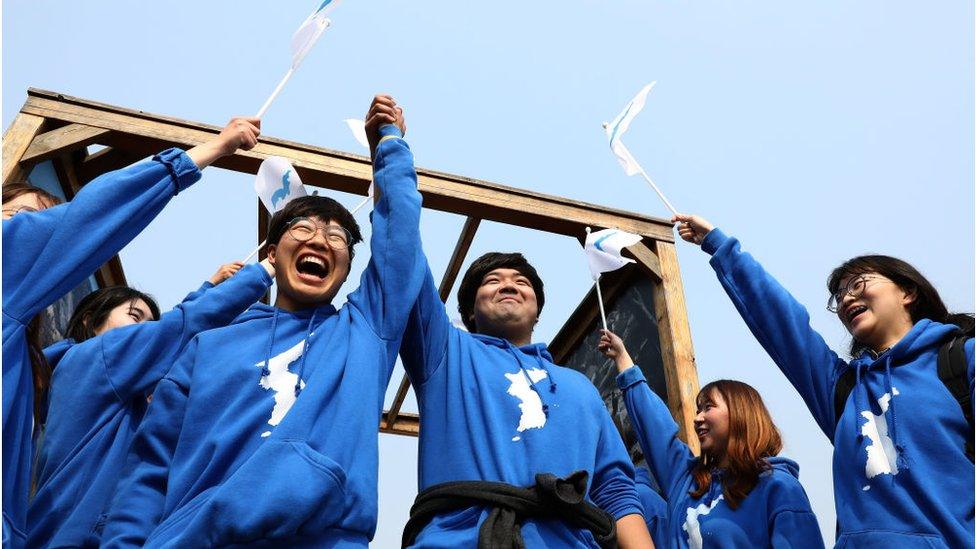
Many South Koreans were overcome with emotion as they saw the historic moment on TV
- Published28 April 2018
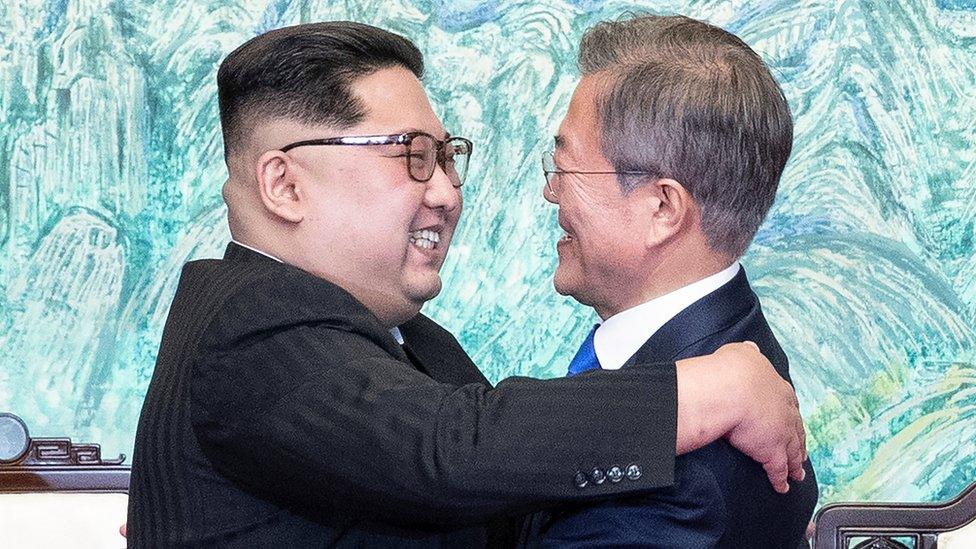
- Published27 April 2018
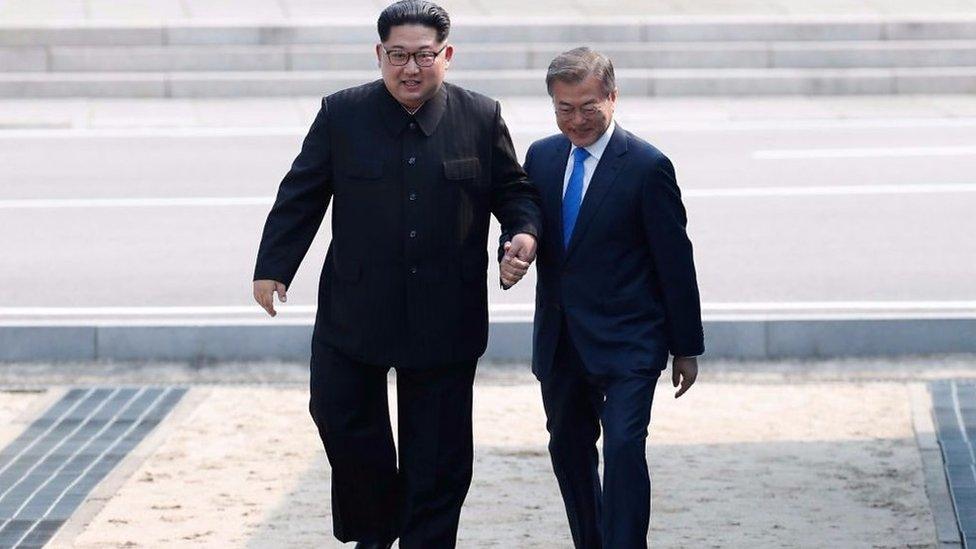
- Published27 April 2018

- Published26 April 2018
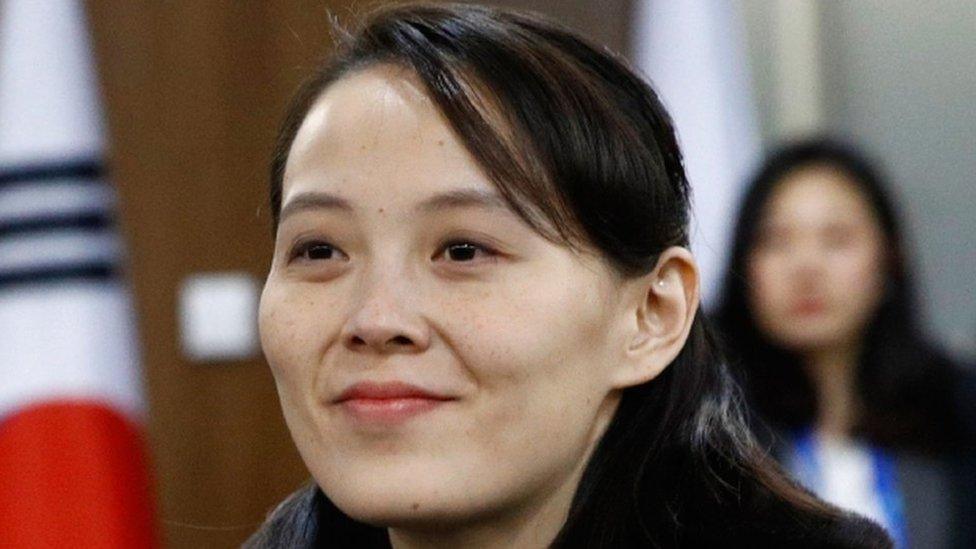
- Published24 April 2018
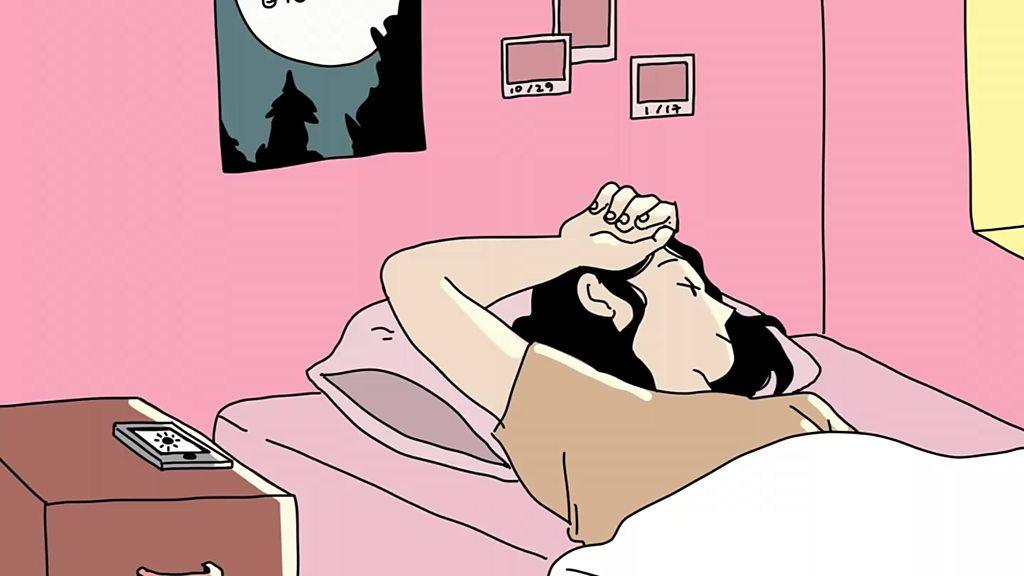
- Published26 April 2018
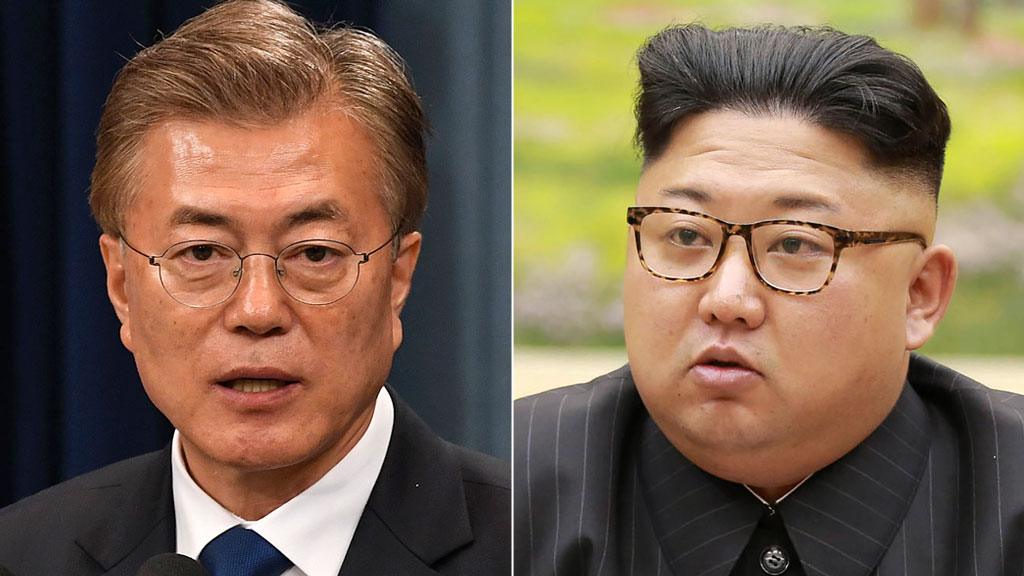
- Published25 April 2018
